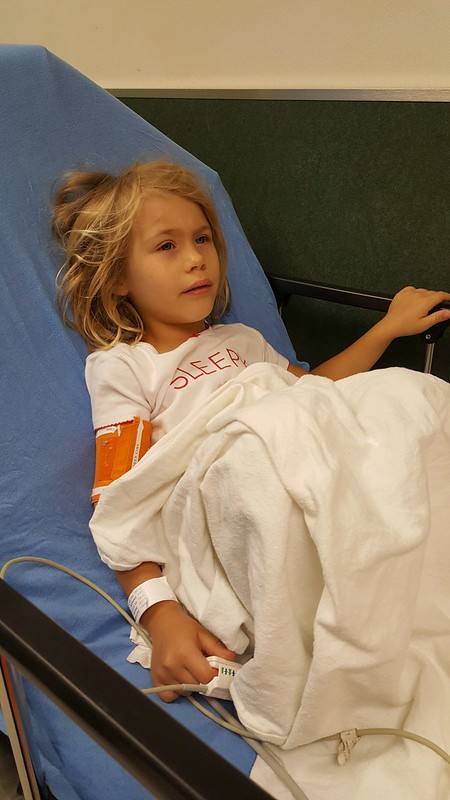An interesting article titled “Prolonged General Anesthesia in a Pediatric Population” was presented on July 21, 2021, at the virtual session of the 2021 International Association for Dental Research (IADR)/AADR/CADR General Session written by Mary Younan and et al. The research sets to investigate if use of prolonged general anesthesia amongst pediatric dental patients has changed since 2016 when the Food and Drug Administration (FDA) came out with guidance that said 3 or more hours of anesthetic exposure, may be a risk factor for cognitive defects, particularly for pediatric patients under 3 years of age. The researchers attempeted to see if a difference exists in the proportion of pediatric dental cases with general anesthesia time 180 minutes pre-FDA to post-FDA warning and to use a root cause analysis to identify factors that contribute to prolonged general anestehsia exposure of children having dental procedures.
In the study, the authors conducted a cross-sectional, retrospective review of pediatric dental cases that occured between July 2011 and July 2020. Data that was collected included body mass index, age, medical history, ethnicity, time under anesthesia, intraoperative times, treatment conducted under general anesthesia, and the dentist or surgeon’s level of experience. The authors reviewed 114 cases were pediatric patients under 3 had general anesthesia and of these, 25 cases involved general anthesia for over 3 hours. The authors found that there was no significant difference in the proportion of prolonged general anestehsia cases pre- and post-FDA warning. Root cause analysis identified factors that might contribute to prolonged use of general anesthesia including: (1) complex dental treatment plans, (2) non-dental complications, (3) additional services needed, and (4) the level of training the dentist or surgeon has received. The authors found that 12% of the cases where anesthesia was used for three hours or more had one of the four contributing factors identified above, 68% had two of the four contributing factors, 16% had three of the four contributing factors, and 4% experienced all four contributing factors.

The authors feel that based on their study the proportion of pediatric dental cases with prolonged general anesthesia time has not changed since 2016 when FDA issued the warning. The authors feel that dentists that use general anesthesia for dental procedures on patients three and under need to be aware of how long their patients are under the anesthesia. In the past on this site, it has been discussed how potential new guidelines are needed for anesthesia for dental patients, see AAOMS Pushes Back on Anesthesia Guidelines for Pediatric Patients. Having a model where oral surgeons and dentists use a single provider/operator model could contribute to more adverse events in pediatric patients. Switching to a multi-provider team-based safe practice model, where the surgeon or dentist and the person responsible for the sedation are two different individuals could help keep a better eye on the time the patient is under the anesthesia. Further, on this site pediatric dental deaths have been discussed, see for example Is Pediatric Dental Death Avoidable? and Adverse Sedation Events and Impact on Provider Specialty in Pediatrics. It is not clear if the authors in the present study used a large enough sample size to have sufficient statistical power. Even so, the fact that they found no difference in prolonged general anesthesia use for children three and under undergoing dental procedures between when the FDA did and did not have their guidance is a bit troubling. The FDA’s warning said
“repeated or lengthy use of general anesthetic and sedation drugs during surgeries or procedures in children younger than 3 years or in pregnant women during their third trimester may affect the development of children’s brains”
It is hopeful that dental practinioners will head this warning for the safety of their young patients.
